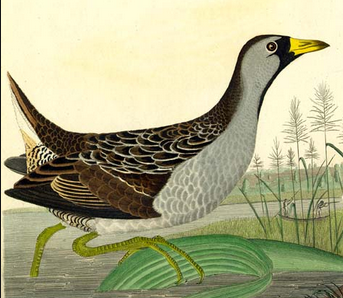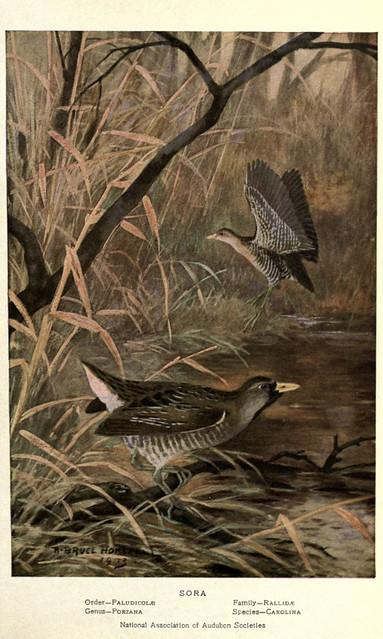John Cassin was famously no friend of the practice of naming birds for people. Squabbling gently with his friend and colleague Spencer Baird over the naming of a new vireo, he wrote that
this kind of thing is bad enough at the best, but to name a bird after a person utterly unknown is worse.
There are plenty who agree with him today, and there were plenty who agreed with him in the mid-nineteenth century, when the rage for birdy patronyms was at its height. In 1839, for example, the baron de La Fresnaye expressed his own displeasure at the practice — even as he indulged in it himself. In naming a new American bird for the wife of a Bordeaux collector, La Fresnaye protested that
our sole intention in dedicating this species to Mme Brelay has been to pay tribute to the very special enthusiasm with which she herself has engaged in ornithology and collaborated with M. Brelay in forming his collection, which already includes many thousand individual birds.
But the lady ornithologist was an exception.
We by no means approve of the custom of giving new birds the names of women who are often enough entirely without any interest or expertise in ornithology; though the author of the name may be bound to them in friendship or family relations, these women can be of no interest to the larger circle of naturalists. We believe that the application of a proper name to a bird is in fact acceptable only when it commemorates that of some naturalist, author, explorer, painter, or zealous collector who has already rendered or is in the course of rendering some service to science.
La Fresnaye’s few flattering words are essentially all we know about the Brelays’ ornithological pursuits. Some of their specimens are still preserved in the Museum of Comparative Zoology, and the family historians are at least able to provide Mme Brelay’s dates of birth and death, but I fear that the bigger story was lost while the collections passed from the Brelays to La Fresnaye to the Verreaux brothers to the Boston Society of Natural History to, finally, Harvard.
Oh: the bird. Mme Brelay was immortalized 175 years ago in the species epithet of the rose-throated becard. Not a bad bird to lend one’s name to, not at all.






